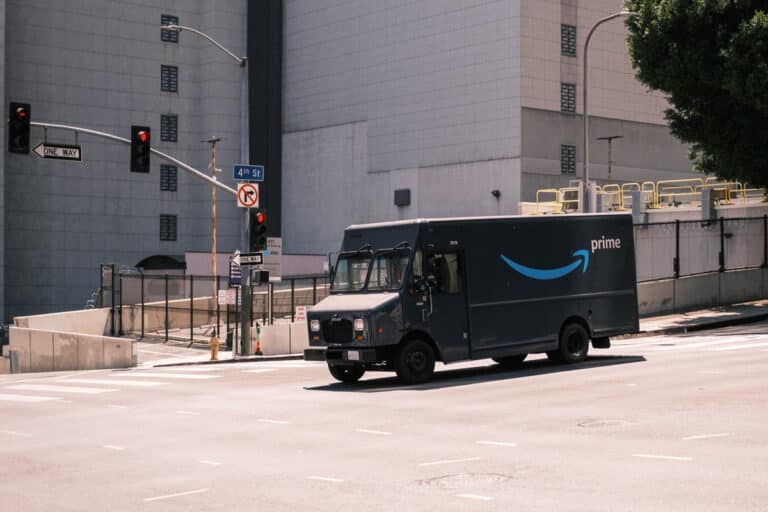Amazon copied products and rigged search results to promote its own brands, new investigation finds

If you’ve been following our reporting on Amazon for any length of time, you’d be mistaken for thinking we give Amazon a hard time. But it’s the depressing reality. In fact, I’d love to report on anything good this multi-national, multi-billion-dollar company has brought to the world, yet sadly, the bad news just keeps on coming. From racial discrimination and sexual harassment allegations to continuously mistreating staff, paying them low wages and even using algorithms to fire them, Amazon really doesn’t have a good track record. And now, thanks to a recent investigation conducted by Reuters, we can add copying other products and rigging search results to promote its own brands to the list.
Amazon has been repeatedly accused of knocking off products it sells on its website and of exploiting its wealth of internal data to promote its own merchandise at the expense of other sellers. To this day, the company has, of course, denied all allegations. However, a recent report by Reuters—which involved examining the thousands of internal documents, such as emails, strategy papers and business plans—suggests otherwise.
Reuters found that the company has run a systematic campaign of creating knockoffs and manipulating the search results of customers to boost its own product lines in India—one of the company’s largest growth markets. According to the report, the documents reveal how Amazon’s private brands in India have secretly exploited the data from Amazon.in to copy products sold by other companies—subsequently offering them on Amazon’s own platform. The employees also stoked sales of Amazon private-brand products by rigging Amazon’s search results so that the company’s products would appear, as one 2016 strategy report for India put it, “in the first 2 or three […] search results” when customers were shopping on Amazon.in.
The multi-national retailer has had a rocky history of allegations, in particular after employees who have worked on private-brand products have accused the company of exploiting proprietary data from individual sellers to launch competing products and manipulating search results to increase the sale of the company’s goods. However, the recent findings, published by the Reuters investigation team on 13 October 2021, provides evidence for the first time that the company is actively manipulating search results in favour of its own products—and that high-level executives were in on the act, or at least told about it.
As the document states, two executives reviewed the India strategy—senior vice presidents Diego Piacentini, who has since left the company, and Russell Grandinetti, who runs Amazon’s international consumer business. The findings indicate this was true for India, however, questions can be made as to whether this rigging of search results is also happening in other nations across the globe.
In response to the findings made by Reuters using the documents published, Amazon replied: “As Reuters hasn’t shared the documents or their provenance with us, we are unable to confirm the veracity or otherwise of the information and claims as stated. We believe these claims are factually incorrect and unsubstantiated.” It did not elaborate or address the questions raised by Reuters about the evidence in the documents presented in clear sight—instead, it deflected the allegations in a dismissive manner as quickly as they arrived. And considering the company’s not-so-perfect track record, I’m betting more of the same cheatery will soon be found in other countries.





